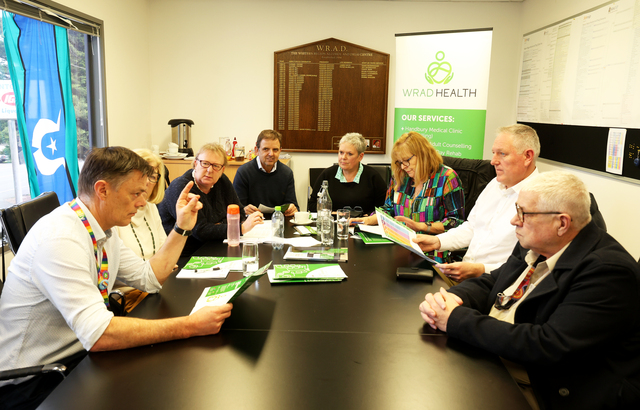Calls for standalone alcohol and drug support

Digital Edition
Subscribe
Get an all ACCESS PASS to the News and your Digital Edition with an online subscription
Solo exhibition opens
Mount Gambier/Berrin artist Nita Von Stanke recently opened her solo art exhibition Beyond the Canvas at the Port MacDonnell Community Complex.
The exhibition will...







